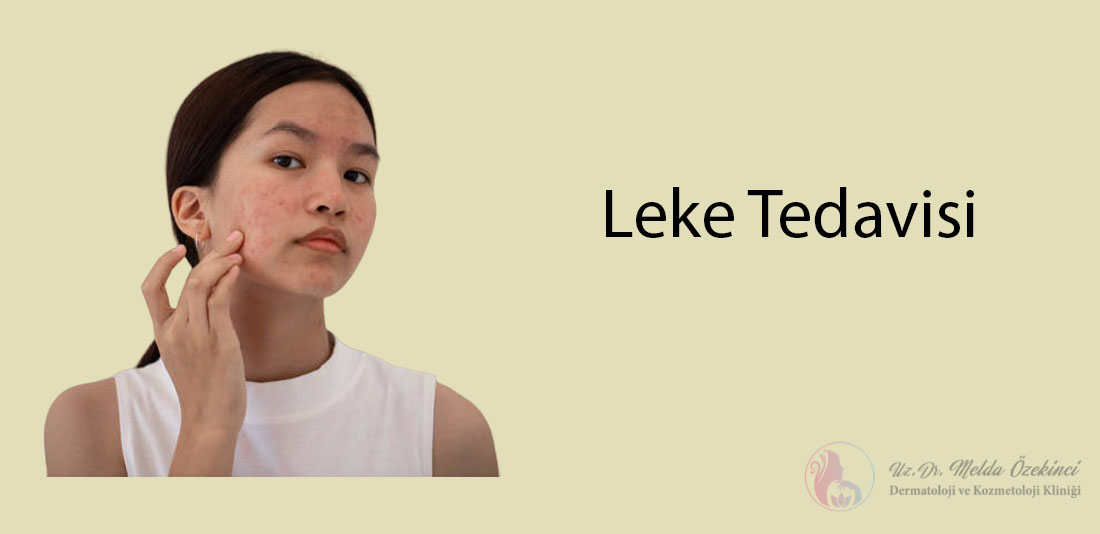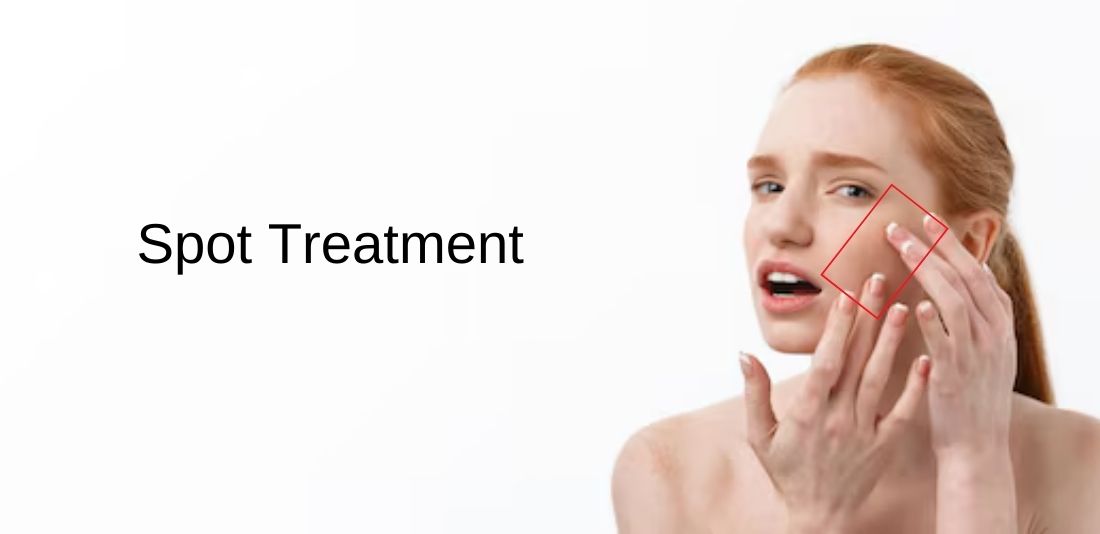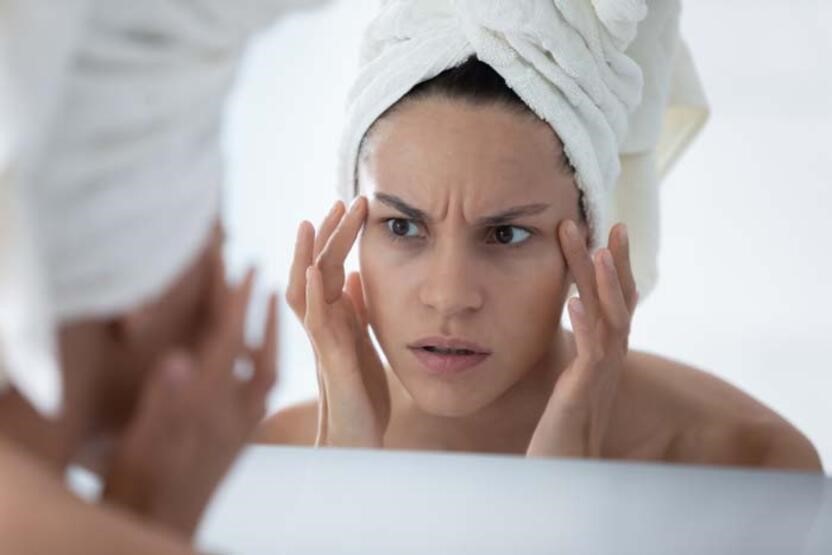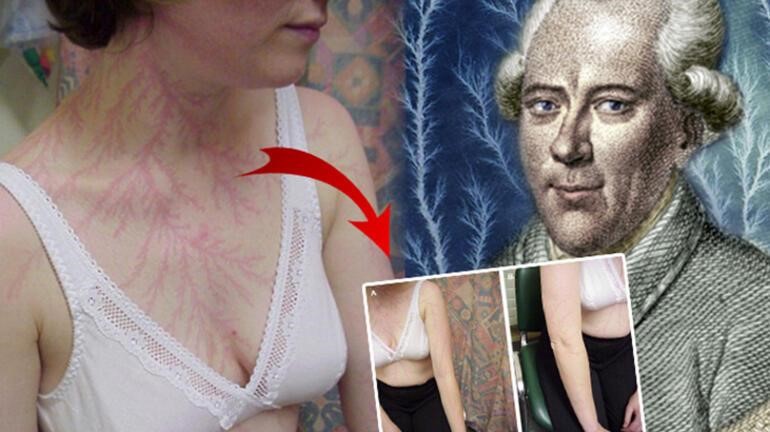
Working hours
- Mon - Fri : 09:00 - 18:00
Sat : 09:00 - 18:00
Sun : Closed
Contact us
- Telephone : 0 (553) 078 86 17
For international patients :
+447413929385 - bilgi@meldaozekinci.com
Stay in touch

PİGMENTATION TREATMENT
The concentration of melanin pigment cells, which give skin color, in one place causes skin spots to appear. The reason for the appearance of pigmentation can be a very wide range of factors, namely exposure to the sun, tanning bed light, reaction to taking medications, and also as a result of certain skin diseases.
Ultraviolet energy A and B of the sun affect the structure of the skin and cause skin diseases. Sunburn, brown spots and thickening and roughness of the skin appear, which we call hyperkeratosis. In other words, the formation of spots as a result of the concentration of melanin pigment in one area can also be caused by excessive exposure to the sun. The intensity of these sunspots may decrease over time. But as the skin continues to be exposed to the sun, both new spots form and existing spots become darker.

What are the treatments for pigmentation?
The choice the type of treatment depends on a number of factors. If the cause of the spots is any skin disease, then its treatment will be a direct solution to the problem.
In the treatment of spots formed, a consultation with a dermatologist is necessary. It is important to make a treatment plan according to the structure of the patch, skin color and season. The first step to treating spots is sun protection throughout the recovery period.
While for some patients enough using the creams for lighten spots, another patients require procedures such as peeling or laser. Peelings, carried out at intervals of 2-4 weeks, allow you to exfoliate the pigmented area on the upper layers of the skin.
Sunscreens: Sunscreens must be used during spot treatment. These creams protect the skin from the harmful effects of the sun in summer and winter and prevent dark spots.
Can acne spots be cured?
Acne is a chronic skin disease. It usually starts during adolescence. It continues for many years with exacerbations and remissions, and then spontaneously regresses. Acne treatment aims to heal acne and prevent scarring. Associated spots with acne vulgaris are a very common condition. Thus, both acne treatment and spot treatment should be carried out together. Treatment depends on the severity of the disease, the area affected, the age of the patient, and the patient's preference for treatment. Preference is given to topical treatment, systemic treatment, peeling and laser/light treatment.
Topical treatments used in the treatment of acne: This treatment is mainly due to the use of various types of medications, creams, gel or lotion. Medicines used in local treatment affect only the area of application. Patients with mild acne prefer only local treatment (creams, ointments, etc.) Patients with moderate to severe acne should be given systemic treatment. As a systemic treatment, antibiotics, drugs such as isotretinoin or hormones are generally preferred. Antibiotic treatment usually lasts 3 months. Many treatment options are sometimes used in combination to increase the effectiveness of the treatment.
Drug treatment affects both spots and acne. In addition, skin care or laser/light treatments are also used. In particular, Microneedle Radio Frequency Therapy (Secret RF Fractional Machine) is the treatment method that gives the best results.
The winter season is considered the most suitable period for the treatment of these spots. In the treatment of spots formed, a consultation with a dermatologist is necessary. It is important to make a treatment plan according to the structure of the patch, skin color and season. The first step in spot treatment is to continue sun protection throughout the treatment. While spot lightening creams are sufficient for some patients, some patients require treatments such as peels or lasers.
Can spots reappear after treatment?
With all stain removal methods, there is a low chance that the stain will reappear in the same area after it has been treated. Therefore, in summer and winter, sunscreen with an SPF of at least 30 should be used at all times, and creams containing vitamin A or vitamin C should continue to be used to suppress blemishes. In addition, when choosing a sunscreen, you should choose a broad-spectrum UVA and UVB chemical barrier, and you should also choose a physical barrier sunscreen that contains iron oxide to provide protection from visible light, which we call a physical protector.
What should I pay attention to after the procedure?
It is very important to be protected from the harmful rays of the sun so that the stain treatment is permanent. Precautions such as using sunscreen with an SPF of 30 or higher in summer and winter, wearing a wide-brimmed hat in summer, wearing sun-protective clothing, avoiding direct sun exposure, and not smoking are also important to prevent recurrence of stains. Immediately after treatment, procedures such as scrubs and peeling masks, which can cause skin irritation, should be avoided.
In addition, vitamin D supplementation is absolutely essential, especially for people who are constantly protected from the sun and use sunscreen. Vitamin D is a very beneficial vitamin for hair, nails and skin. It is recommended to take 1000 IU of vitamin D per day, but taking medications must be done under the supervision of a physician.
Sometimes spots can remain as a result of a dermatological condition of the skin, or this is facilitated by the uneven work of hormones. Sometimes spots can be observed after cosmetic procedures performed by people who are not dermatologists. In addition, the unconscious use of chemical products on the skin and excessive use of the tanning bed can be the reason for this. Skin spots can also occur over time if there is hereditary, i.e. if there is a family history.
People with dark skin color are more likely to develop spots. The likelihood of reappearance of the stain is especially high in dark-skinned people after the treatment of the stain. Therefore, after the end of treatment, creams containing vitamin C and vitamin A should be continued to suppress the formation of spots. In addition, when choosing a sunscreen, you should choose a broad-spectrum UVA and UVB chemical barrier, and you should also choose a physical barrier sunscreen that contains iron oxide to provide protection from visible light, which we call physical protection.
People with red hair and blondes tend to have white sensitive skin, but there are fewer problems with pegmentation. On the other hand, due to the sensitivity of the skin, these people are at risk of burns when exposed to direct sunlight. If they do not use sunscreen, the risk of skin cancer increases over time due to repeated sunburn.
 English
English 






